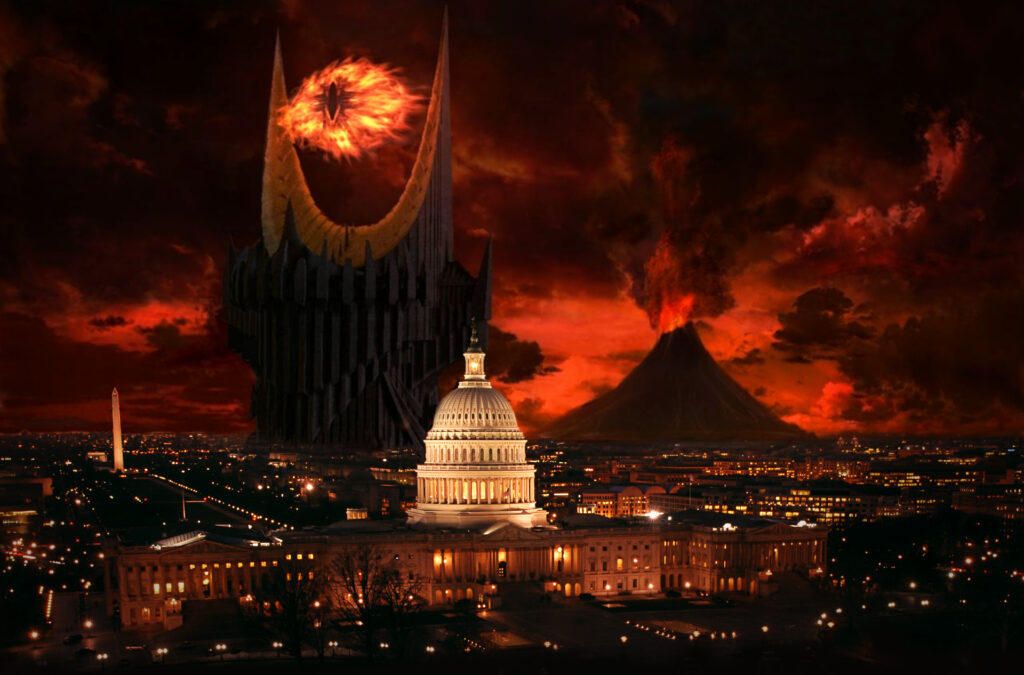The Supreme Court rejected the standing of the State of Missouri and five individuals in the censorship and free speech case surrounding social media. The court came down with a 6-3 decision, Justice Amy Coney-Barrett writing the majority opinion. Justices Alito, Gorsuch and Thomas dissented in the minority.
The background of the case was very familiar to this audience, as the Biden administration was previously blocked by lower courts from telling social media platforms to remove content against their interests. Today, the Supreme Court rejected the standing of the plaintiffs, essentially giving a green light to the USA government to begin controlling social media platforms again.
If you read the opinion [FULL PDF HERE], I would strongly urge readers to focus beginning on page #11 of the Justice Barrett opinion. It is obvious in the three or four pages that follow, the court was looking for an exit from the free speech issue. Denying the case on “standing” grounds became their justification for the cop-out.
Barrett goes out of her way to make the standing issue the crux of the majority opinion. Comey-Barrett dismisses all the instances of censorship and coerced removal under the auspices that the relief sought by the plaintiffs was for future harm, not past injury. The lower courts had ruled the government could not interfere with speech in the future, without establishing that each individual plaintiff was harmed specifically by each action of the government.
Social media platforms did some censorship and content removal on their own, without government direction. Therefore, it becomes impossible for the court to determine which censorship decisions were made by government coercion, and which were made by the social media platform with ordinary moderation rules being applied. {pdf page #11}
Just because some of the removal was done at the direction of government, doesn’t mean all of the activity was done at the direction of government, and therefore the plaintiff standing is undetermined as a result of the lack of uniformity. [WATCH THIS ASPECT CLOSELY, because CTH already predicted this was going to happen (¹I’ll come back to it)]….
As noted by Jeff Clark, “In effect, the Supreme Court majority is requiring government-private partnerships aimed at censorship to overlap entirely. If there are situations where private censorship predates and or postdates government calls for censorship, then the majority is saying the actions should be treated as independent and therefore to frustrate satisfaction of the causation and redressability prongs of standing analysis. And the Supreme Court majority did this even where they simultaneously acknowledged there was evidence of government collusion with Big Tech to censor COVID-related and 2020 election-related speech.”
Justice Samuel Alito Jr, joined by Justices Clarence Thomas and Neil M. Gorsuch, dissented. Alito criticized the majority for failing to address the underlying free speech questions in the case, calling efforts by the government to police content “coercion.”
The court “shirks that duty and thus permits the successful campaign of coercion in this case to stand as an attractive model for future officials who want to control what the people say, hear and think,” Alito wrote. “That is regrettable.”
¹We keep saying in the Government censorship 2.0 model we were going to see a shift. The original censorship removal was going to shift away from “content” as defined by the subject matter and will resurface as censorship against the specific individual person or outlet. This Supreme Court decision aligns with that visible DHS intention.
This case is part of the reason why DHS shifted from censorship based on what was being said (ex COVID-19), and now focuses on who is saying it. How big is their influence? What is the size of their audience? What is their platform? Where are they vulnerable or fragile?
The targeting is not necessarily the subject matter; now it’s the person or outlet with the voice that spreads the subject matter. This is what has already started to happen, and this is the approach that will continue to happen – only at a faster pace and larger scale.
It is even more critical now to show support to the entities that are at the forefront of the information network. We must support the voices that are digging, sharing, providing the raw material information and analyzing the ramifications, so that an understanding expands the awakening.
Those voices who provide truthful information… information that enlarges the understanding of the average person… are going to be the biggest targets now. DHS will shift away from spider crawls looking for “keywords” and “phrases,” and they will specifically be using AI to look for context within the content.
Accurate context with accurate content will be information most perceived as against the interest of government.




